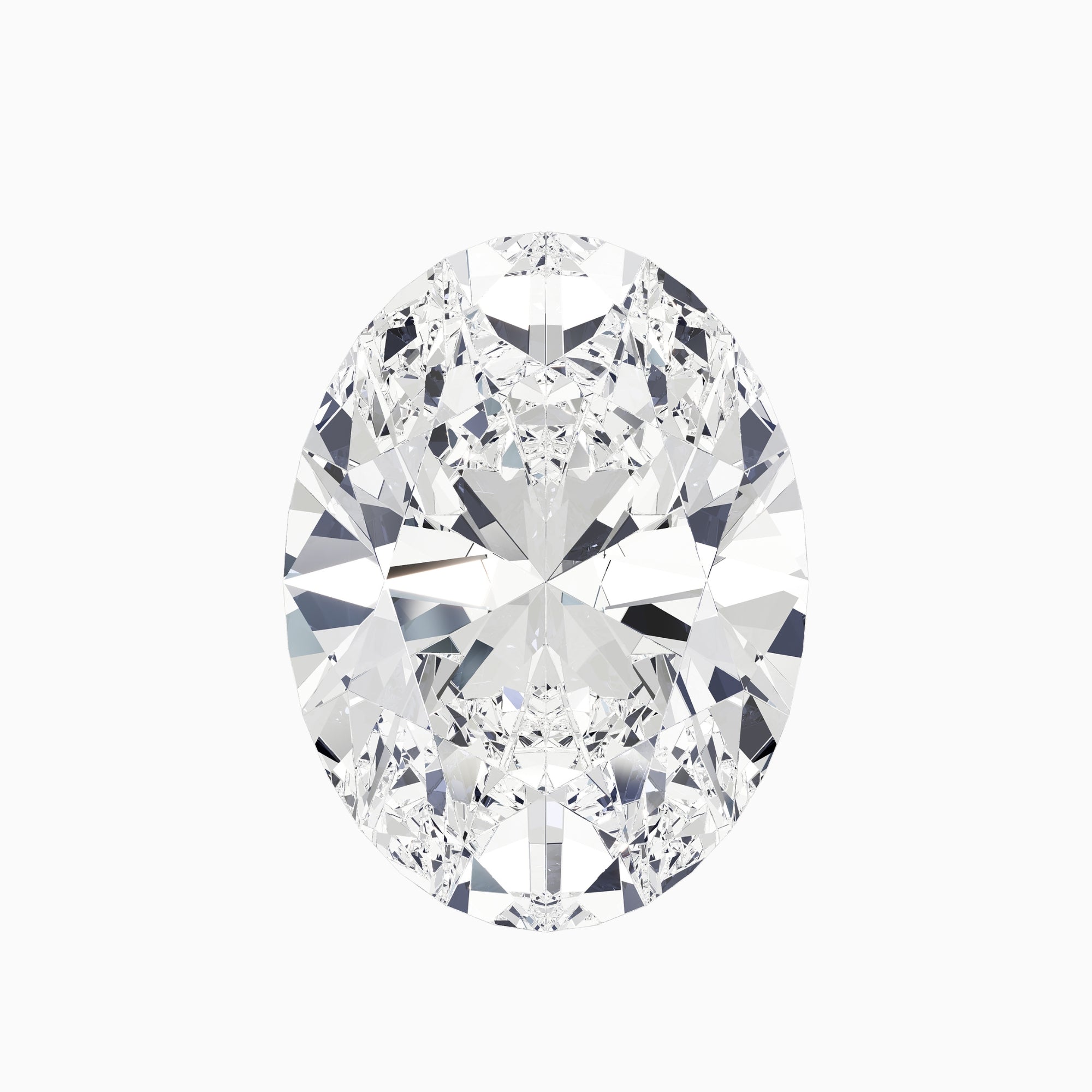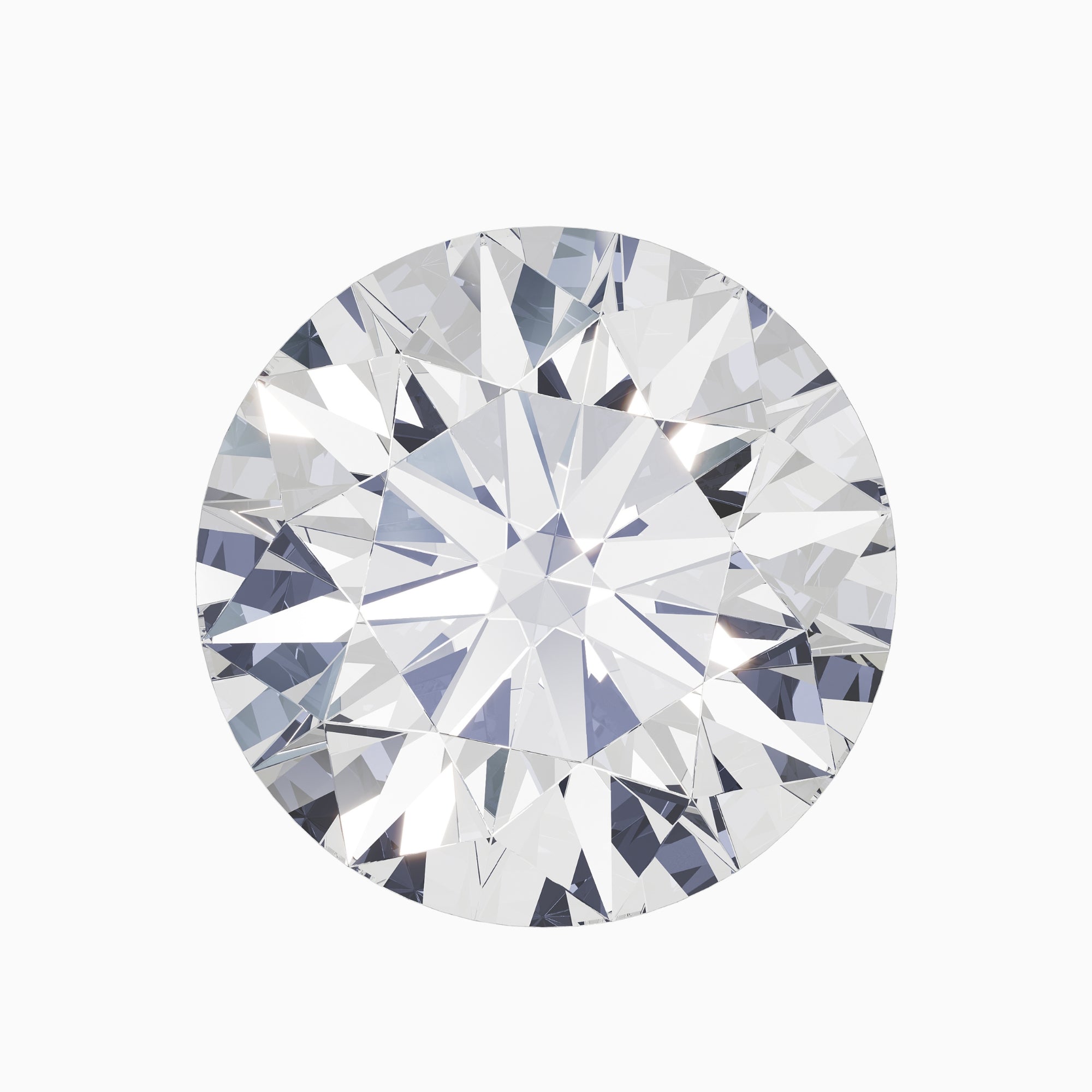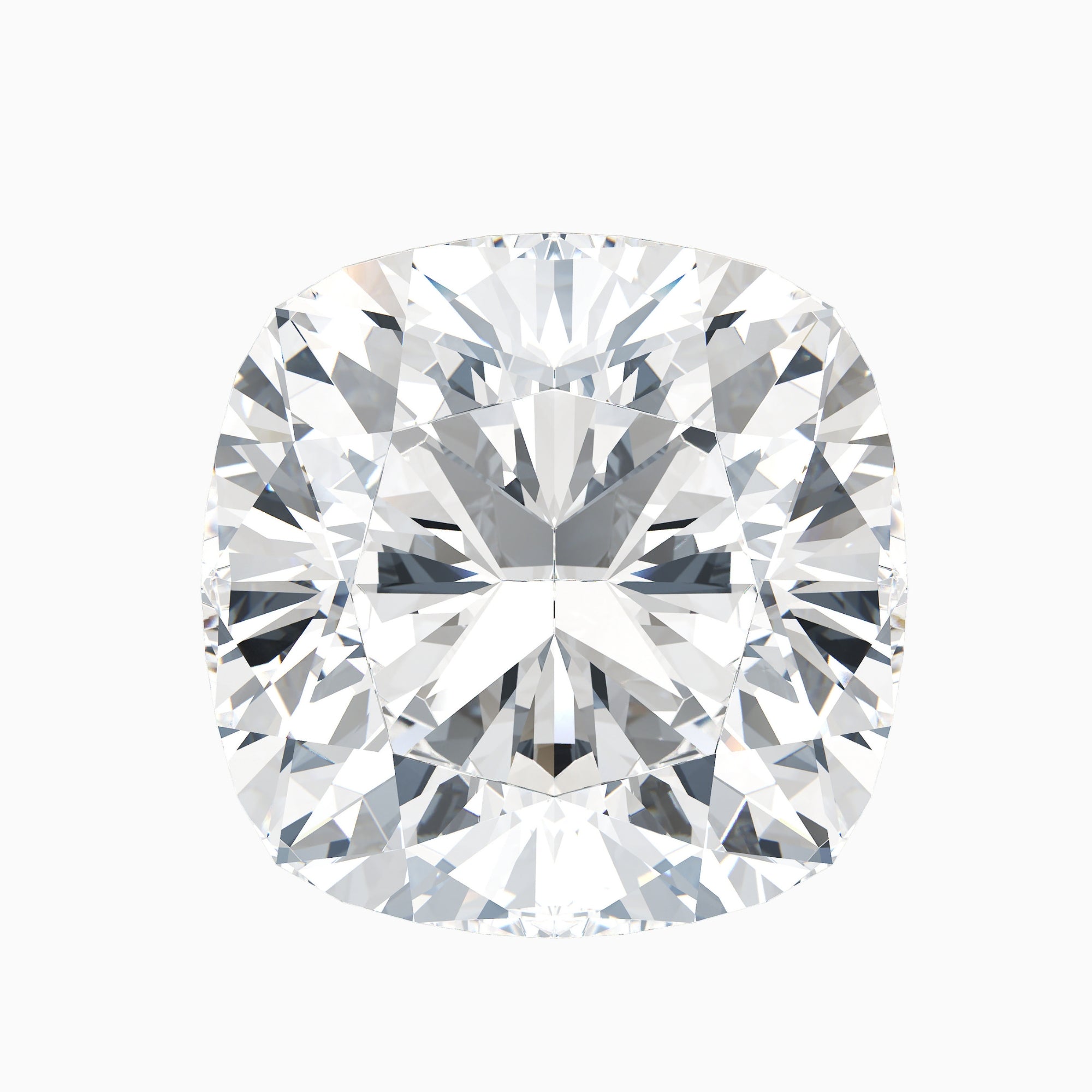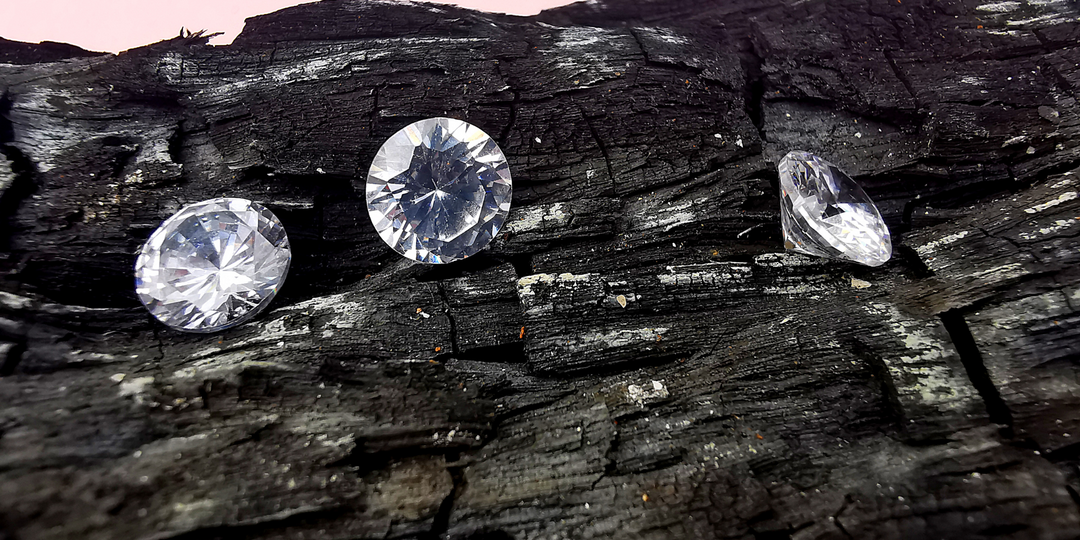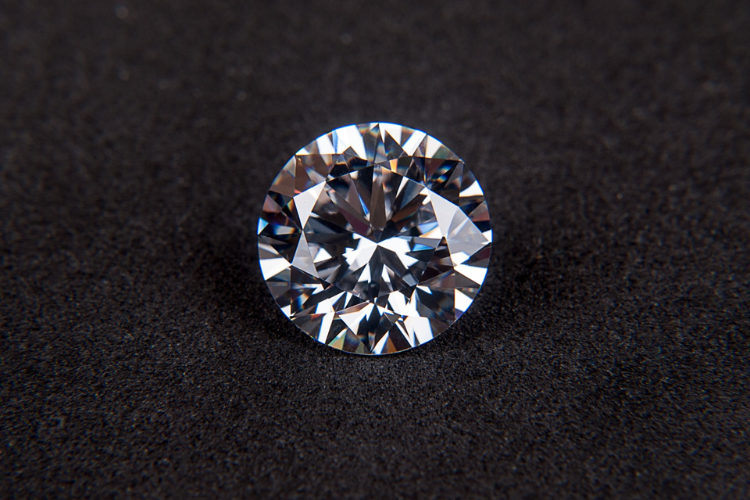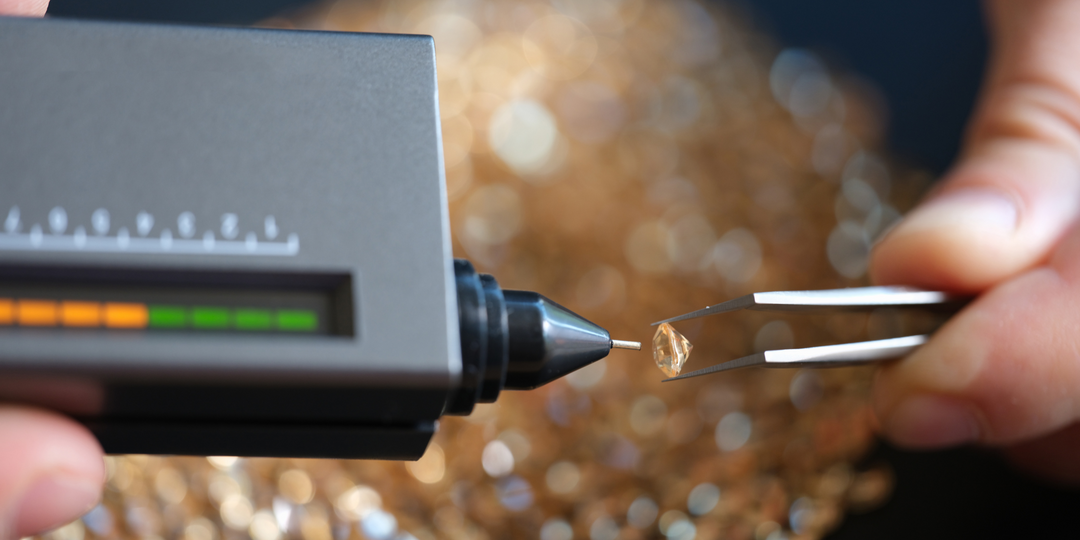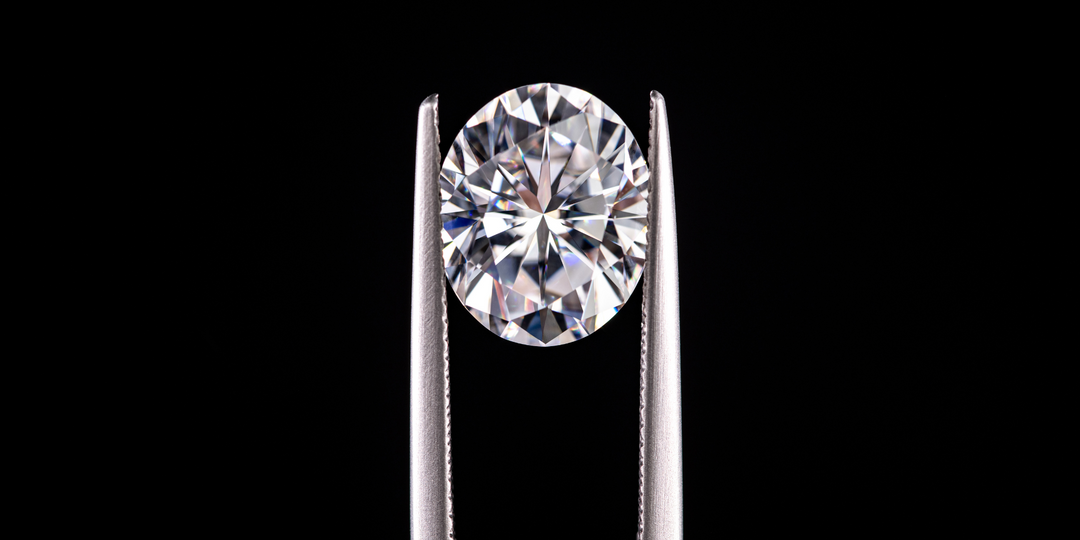How Did Lab Grown Diamonds Become Popular? A Look at Their Rise
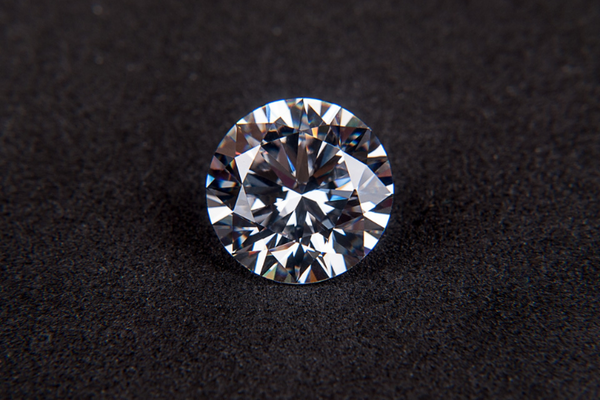
Lab grown diamonds aren’t exactly new. But their moment? That came later. They’ve been around since the 1950s, mostly in labs and factories. How long have lab grown diamonds been around? Quite a while, as it turns out. Today, though, you’ll find them in everything from engagement rings to red carpet looks.
This shift didn’t happen overnight. It took years of tech development, changing consumer values, and a serious rethink of what people want from their jewelry. So why does this matter now? Because buyers care more than ever about price, ethics, and quality. And lab diamonds tick all three boxes.
The History of Lab Grown Diamonds
The initial instance of a lab grown diamond occurred in 1954, achieved by General Electric through the utilization of the HPHT method. When were lab grown diamonds invented? The answer traces back to that very milestone in the mid-50s. Basically, copying the same kind of pressure and heat that forms natural diamonds underground. But those early diamonds? Tiny and mostly brown. Great for cutting tools. Not something you’d put in a ring.
For decades, that’s how it stayed. Useful, industrial, and not very pretty.
Then in the 1970s, another method started gaining attention: Chemical Vapor Deposition, or CVD. Instead of pressure and heat, it builds diamonds layer by layer using carbon gas. The scientific findings showed promise, yet they were not quite suitable for jewelry.
It wasn’t until the early 2000s that things got interesting. But when did lab grown diamonds become a thing? You could say the early 2000s were when they really began turning heads. Companies started producing diamonds that looked good enough for the jewelry case. Not just close. Legit.
Brands like Apollo Diamond and Gemesis helped bring gem quality lab diamonds into the retail world. When did lab grown diamonds start getting commercial attention? Well, it was around this time. And that changed everything.
Technological Advancements: HPHT & CVD
Lab grown diamonds wouldn’t be what they are today without two key technologies: HPHT and CVD. These processes have been around for a while, but it’s what’s happened in the last 15 to 20 years that really changed the game.
Let’s start with HPHT.
HPHT (High Pressure High Temperature)
This was the first method used to create diamonds in a lab. Back in the 1950s, GE used it to make tiny industrial grade diamonds; not something you'd put in a ring, but good enough for cutting tools. The method appeared quite simple in theory: utilize carbon, increase both heat and pressure, and endeavor to simulate the extreme conditions found deep within the Earth where natural diamonds are created.
For a long time, that was about as far as HPHT went. The diamonds came out small, off-color, and full of inclusions. Definitely not jewelry-ready.
But things improved.
By the early 2000s, labs had started figuring out how to get better control over the environment. They refined the machines, improved the purity of the carbon source, and found ways to reduce unwanted tints. Gradually, the formerly yellow or brown stones began emerging whiter, cleaner, and larger. Not perfect, but close enough to challenge mined diamonds in both look and performance.
Some labs even began using HPHT to treat other diamonds post-growth, including CVD ones, to tweak color and clarity. That kind of crossover became more common once CVD entered the picture.
CVD (Chemical Vapor Deposition)
Now, CVD took a different route. This method doesn’t rely on high pressure. Instead, it uses a sealed chamber, a diamond seed, and a gas mix, usually methane. The chamber becomes hot, causing the carbon in the gas to adhere to the seed, gradually forming the diamond layer by layer.
How long does it take to make lab grown diamonds? With CVD, the process can take several weeks, depending on the size and clarity desired, but the control over quality makes it worth it.
That extra control matters. CVD diamonds often come out as type IIa, which is the purest kind in terms of chemical structure. Less nitrogen. Fewer trace elements. These are the same types of diamonds that only make up a small percentage of what comes out of the ground.
Of course, early CVD diamonds had their own issues. Many had a brown or gray tint, usually because of how the chamber was set up or the gas mix. But over time, post-growth treatments helped fix that. Labs started using HPHT afterward to brighten the stone and reduce strain in the crystal. And just like that, CVD diamonds were suddenly a lot more appealing.
So, what changed?
The shift didn’t happen because people suddenly cared about lab grown diamonds. Wondering when lab grown diamonds became popular? Not until technology caught up and quality hit the mark. It happened because labs got better at making them. HPHT and CVD started delivering diamonds that were not only good-looking but consistent. And that opened doors.
Retailers could finally stock stones that met quality standards. Grading labs could certify them using the same systems they applied to mined diamonds. And consumers, once skeptical, started paying attention. Because now, these weren’t “almost diamonds.” They were diamonds. Same structure, same performance. Just grown above ground.
And there was another piece to it: price. Lab grown diamonds started offering better value. Many buyers were taken by surprise by that. Not everyone was in it for ethics or sustainability. Some people just saw that they could get a bigger stone for the same budget.
That mix of technology, consistency, and pricing turned lab grown diamonds into something more than an experiment. It gave them a place in the market. A permanent one.
And the tech? It’s still getting better. Faster growth cycles. Less energy use. Even more precise control over color and clarity. So, when did lab grown diamonds come out as a serious competitor? That evolution has been building over the last two decades. What we’re seeing now is probably just the beginning.
Growing Consumer Awareness and Ethical Concerns
Let’s be honest. The traditional diamond industry has its issues. Environmental damage. Questionable sourcing. Labor conditions that don’t always pass the sniff test.
More people started paying attention. Buyers from Generation Z and Millennials specifically posed more challenging queries. Where did this come from? Who mined it? What’s the impact?
Lab grown diamonds offered a clean alternative. No mining. Lower carbon footprint. Often made using renewable energy. For buyers who care about these things, and there are a lot of them now, it felt like the smarter choice.
And it wasn’t just about ethics. It was about trust. Consumers wanted transparency, and lab diamonds gave them that. Certifications, origin details, and manufacturing methods; it was all there on paper.
Affordability and Value for Money
Here’s where lab diamonds really turned heads: price.
They cost less than mined diamonds. Sometimes 30 to 40 percent less. That means you can get a larger or higher quality stone for the same budget. For most buyers, that’s hard to ignore.
It’s not that people stopped valuing natural diamonds. But when given the option between a one carat mined stone and a 1.5 carat lab diamond with better clarity? Many chose the latter.
The appeal grew quickly, especially among younger buyers looking for value without sacrificing style. And let’s face it, not everyone wants to drop five figures on an engagement ring.
Celebrity and Influencer Endorsements
Once celebrities started wearing lab grown diamonds, the conversation shifted. These weren’t just for budget shoppers anymore. Red carpets, interviews, even wedding announcements, people noticed. And when social media picked it up, the trend moved fast. Influencers explained the benefits. Shared unboxing videos. Compared mined vs. lab side by side. Lab diamonds felt aspirational, not inferior, after that kind of exposure.
Retailers and Major Brands Embrace the Trend
The industry took notice in 2018 when De Beers introduced Lightbox. That wasn’t just a company dipping a toe in. It was a statement. And naturally, other retailers followed. You now see lab diamonds at major jewelers and in custom collections. Stores started training their staff on the differences. Brands started offering side-by-side options. That shelf presence mattered. When customers walked in and saw lab grown diamonds right next to mined ones, with certification, specs, and all, it changed how people thought about them; it made lab grown diamonds look normal.
Consumer Trust Through Certification
Certification was a huge part of this shift. Institutions like IGI and GIA began grading lab grown diamonds with the same care they give mined stones. As a result, consumers could now compare reports. They could see cut, clarity, color, and carat side by side. And more importantly, they could trust what they were buying. This is where lab diamonds built long-term credibility. It wasn’t just a marketing push. It was backed by standards and data.
The Future of Lab Grown Diamonds
Only one thing is certain now - the growth isn’t slowing down. Analysts project double-digit gains year over year. More designers are working with lab diamonds, and more engagement rings are featuring them. And we’re seeing new types hit the market, fancy colors, bigger sizes, even tech-enhanced traceability.
At this point, it’s not about whether lab diamonds will stay. They’re already part of the industry. If you’re still eager to know when lab grown diamonds became popular? Probably when all these shifts came together - tech, pricing, visibility, and trust. The real question is how far they’ll go.
Conclusion
Lab grown diamonds didn’t take off overnight. For those of you thinking, when did lab grown diamonds become a thing? That evolution took decades. It took years of trial, new tech, changing buyer values, and some bold moves by early brands to get to this point.
Now, they’re not just seen as the budget-friendly option. They’ve become a modern choice; one that fits how people think about quality, sustainability, and value. For a growing number of buyers, lab diamonds just make sense.
Will they ever outsell mined diamonds? Maybe. Maybe not. But they’re no longer on the sidelines. They’re right in the mix.
If you're looking for lab grown diamonds that don’t cut corners on beauty or transparency, take a look at CaratBee. Discover a wide range of exquisite lab grown diamond and moissanite rings in unique shapes, styles, and designs.

